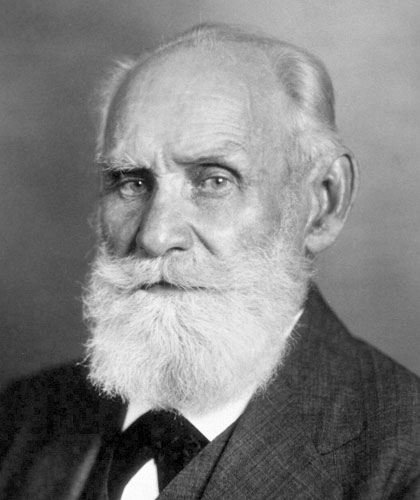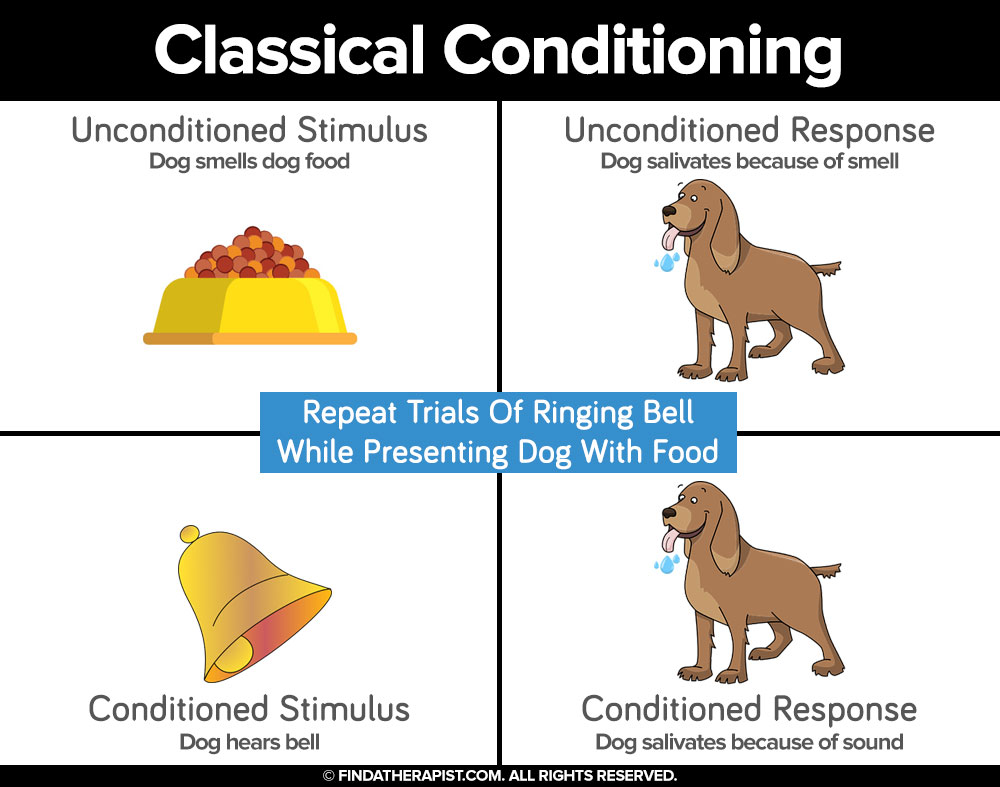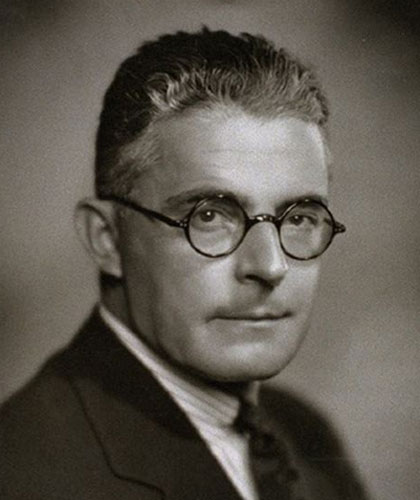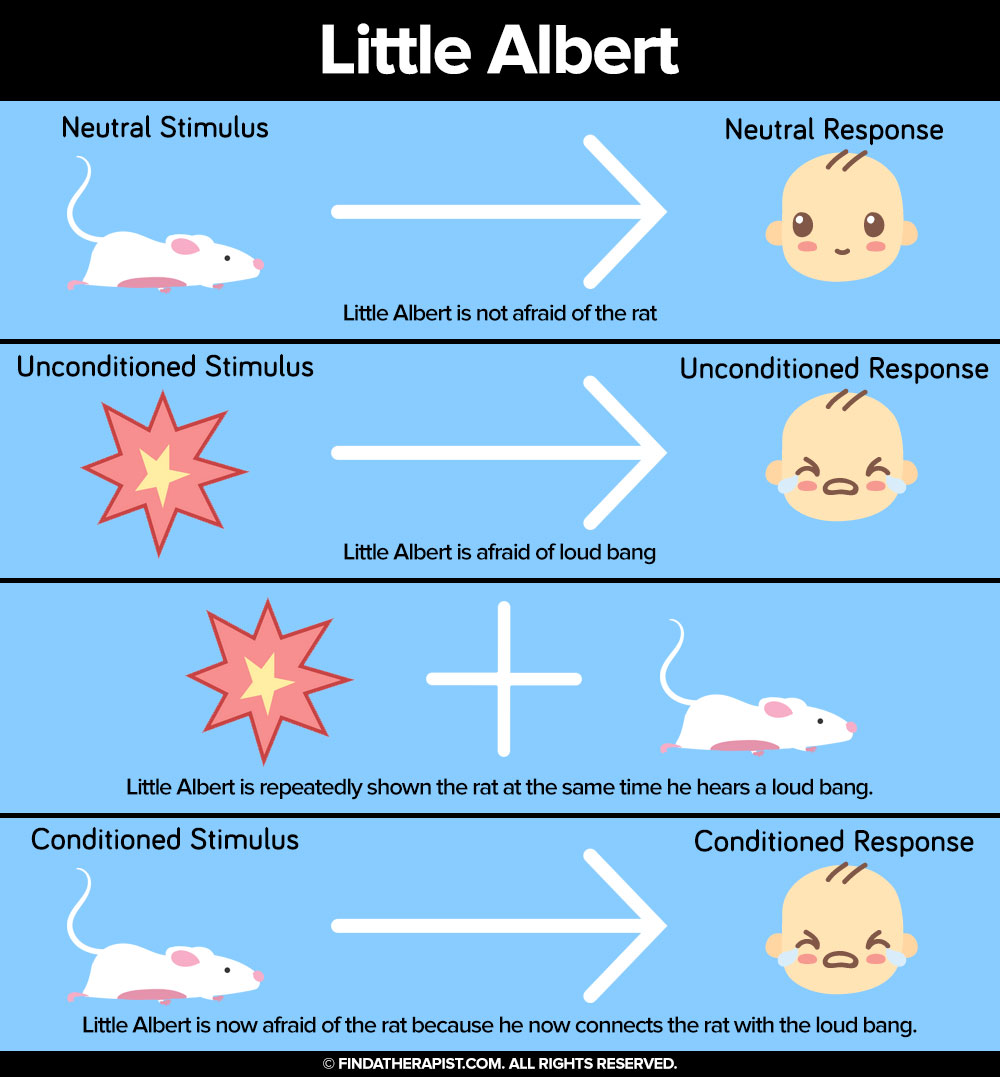Classical Conditioning
Published on May 27th, 2020
Updated on January 2nd, 2024

Contents
Classical conditioning is a process of learning through stimulation. With classical conditioning, a subject learns a behavior in response to a stimulus. This behavior is learned through repetition. The more a stimulus is presented to a subject, the more likely they are to expect a certain response.
The concept of classical conditioning was first proposed by Dr. Ivan Pavlov. In 1927, Pavlov conducted an experiment. The experiment started as an experiment on the digestive system of a dog, but grew into a new direction.
Sponsored by

Choose a therapist to work with and start healing with 20% off from BetterHelp.
Click HereAfter Pavlov’s observation about a dog’s behavior in response to food, he created a new experiment. This experiment was intended to test methods of eliciting a response to stimuli. His experiment marked a milestone in understanding the human condition. It has been instrumental in the study of psychology and human behavior.
Ivan Pavlov

Ivan Pavlov was a Russian physiologist who was born in 1849. From the time he was young, he had a profound interest in the world of natural science and physiology. He devoted his career to research, and eventually won the Nobel Peace Prize for his contribution to the study of physiology in 1904.
While not a psychologist himself, Pavlov’s studies have left a lasting effect on psychology as we know it today. Pavlov’s contribution to the study of physiology revolved around digestive functions. While conducting an experiment on his dog, he discovered the pattern that we now refer to as classical conditioning. Pavlov used the experiment to discover a method of activating behavior through stimulation.
Pavlov’s Dog Experiments
The discovery of classical conditioning was a huge milestone in Pavlov’s research. What many do not know is that he made the discovery accidentally. Pavlov discovered classical conditioning while studying the digestive system of dogs.
Pavlov’s intention was to measure the salivation rate of a dog in the anticipation of food. Through this experiment, Pavlov also discovered a trend in the behavior of the dog. Pavlov noted through his experiment that in anticipation of food, the dog would begin to salivate. The behavior of salivation would occur regardless of whether or not food was clearly in its future.
Pavlov made this discovery through the following experimental process:
- Step 1: The dog is placed in an observation room and restrained with a harness.
- Step 2: Piaget enters the room with a bowl filled with dog food. The bowl is then placed in front of the dog.
- Step 3: The rate of salivation is measured when the dog is presented with the dog food.
These steps were repeated several times with the same dog. Initially, Pavlov was measuring the salivation levels of the dog when presented with food. Through this process, Pavlov began to notice that the dog would begin to salivate as soon as the door to the observation room was open. This observation caused Pavlov to take his experiment into a new direction.
Upon the observation, Pavlov implemented a new experimental design:
- Step 1: The dog is placed in an observation room and restrained with a harness.
- Step 2: Piaget rings a bell and places dog food in front of the dog. The dog begins to salivate at the sight and smell of the dog food.
- Step 3: The process of step 2 is repeated several times.
- Step 4: Piaget rings the bell, but does not place the dog food in front of the dog. The results of step four were the dog salivating when hearing the bell. It would salivate because it was expecting that dog food would accompany the sound of the bell, even if dog food was not in sight.
In this experimental process, there are 4 main elements. These elements reflect the process of the concept of classical conditioning.

The four elements are as follows:
- Unconditioned Stimulus: The dog food presented to the dog.
- Unconditioned Response: The dog begins to salivate in reaction to being presented with the dog food.
- Conditioned Stimulus: The bell. (The bell was previously a neutral or unrelated stimulus that was not associated with the dog food). The dog was trained through repetition to expect dog food when it heard the bell ring.
- Conditioned Response: The dog begins to salivate in reaction to hearing the sound of the bell.
The discovery Pavlov made was that even though the dog food was not present, the dog still salivated. This discovery suggests that the dog was conditioned to expect food every time it heard the bell.
John B. Watson

Pavlov’s discovery of classical conditioning set the groundwork for future researchers. Among them was Dr. John B. Watson, who continued research on classical conditioning. Watson’s studies of how classical conditioning were similar to Pavlov’s, but he was interested in how they apply to human behavior.
John B. Watson was an American Psychologist in the early 1900’s. His studies involved studies of human behavior and conditioning. His research closely reflected Pavlov’s concept of classical conditioning.
Watson’s most notable research on classical conditioning was his experiment with Little Albert. While controversial, the studies of Little Albert supported classical conditioning. They also placed emphasis on the influence of a person’s environment on conditioned behavior.
Little Albert
The study of Little Albert is a trademark of John B. Watson’s contributions to the study of human behavior and conditioning. This study also marked a controversial ethical dilemma. This dilemma was brought about due to a child being used as a test subject.
Watson’s experiment was an ethical dilemma because the intention was to elicit a fear response from Albert. As a result, this controversial experiment set an ethical standard in modern human studies and observation. It also marked a major step forward in understanding human behavior and the human condition.
The experiment began with an infant named Albert. At around 10 months old, Watson performed an experiment that conditioned him to be afraid of a white rat. The experiment was performed as follows:
At the beginning of the experiment, Albert did not show any form of a response when presented with a white rat. This confirmed that Albert did not have a pre-existing fear of white rats. To complete the study, Watson would play a loud, startling noise every time he presented Albert with the rat.

In this case, the loud noise served as the unconditioned stimulus. This is because it triggered the fear response (the unconditioned response). After repetition of presenting Albert with the white rat and playing the loud and startling noise, Albert grew to be fearful of white rats. This means that Watson was successful in creating a conditioned response of fear. He trained Albert to expect a scary sound when presented with the conditioned stimulus: a white rat.
Classical Conditioning and Extinction
Classical conditioning can be affected by a process called extinction. Extinction is the trend of a diminished conditioned response. It occurs when the unconditioned stimulus no longer accompanies the conditioned stimulus. This means the subject no longer expects the conditioned stimulus, so they lose the conditioned response.
Example: Let’s say that Pavlov continued to ring the bell without presenting the dog with dog food. Eventually, the dog would stop salivating when hearing the bell because he would no longer expect food to come with the bell.
The conditioned response is now extinguished. Food no longer comes with the bell, so the bell no longer triggers salivation in the dog.
The process of extinction is gradual. The conditioned stimulus is repeatedly presented without the unconditioned stimulus. Eventually, the conditioned response is extinguished. However, the conditioned response can return after a period of time of no stimulation.
Example: Pavlov’s dog no longer responds to the bell after several repetitions of hearing the bell on Wednesday. When the bell (conditioned stimulus) is re-introduced on Friday, the dog begins to salivate again. The conditioned response has returned.
This phenomena is referred to as spontaneous recovery. It is the return of an extinguished response after a period without any stimuli.
Sponsored by

Find an affordable therapist online with 20% off from BetterHelp.
Click Here






Leave A Reply